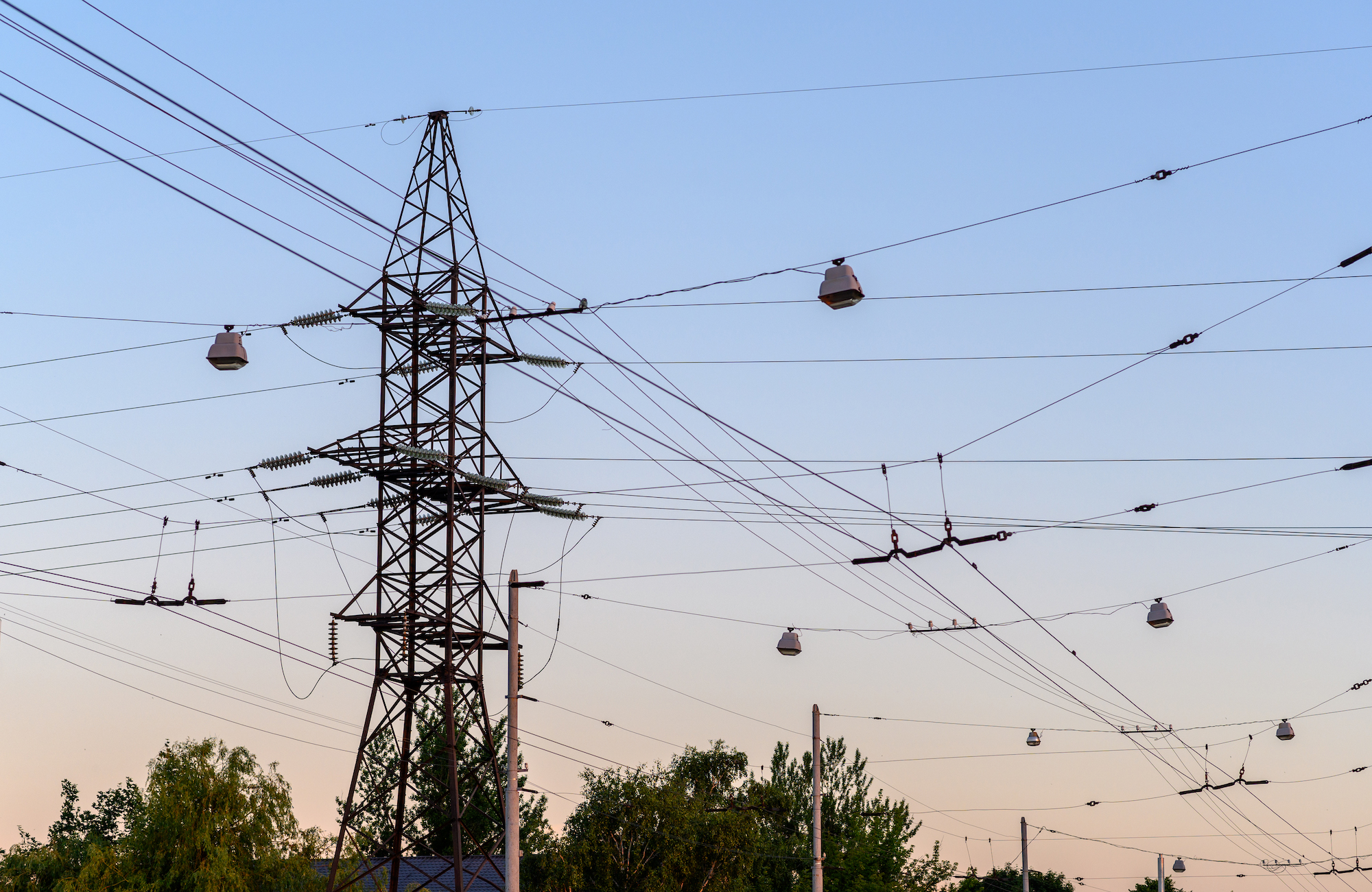The United States is witnessing a significant uptick in proposals for new power plants, a response to the country’s escalating energy demands. According to recent data, there has been a 90% increase in proposals this year compared to last, highlighting the urgency to expand energy production capacities.
“Electricity consumption is on the rise, and with it, the demand for more robust energy infrastructure,” said Alex Martin, a senior analyst at the Energy Information Administration. “This increase in plant proposals is a direct reflection of the need to meet the future energy needs of our country.”
The surge is not just in the quantity of proposals but also in their diversity, with a considerable push towards integrating renewable energy sources. Solar and wind energy projects are among the most prominent in the new proposals, aligning with a broader shift towards sustainable energy practices.
Renewable energy expert, Dr. Lisa Herring, emphasized the importance of this shift. “Integrating renewables is crucial for our energy sustainability. It’s not just about meeting demand but doing so responsibly,” she remarked.
The data also highlighted regional variations in the proposals, with the Southwest and Pacific Northwest leading in numbers. These areas have seen a dramatic increase in energy consumption, partly due to economic growth and population increases.
Industry insiders also pointed to technological advancements that are making it more feasible to develop diverse types of power plants. “Modern technologies are enabling us to think beyond traditional coal and gas,” noted Michael Thomson, CEO of GreenTech Solutions. “We are now looking at a future where power generation is cleaner, more efficient, and increasingly decentralized.”
This trend towards a diversified energy portfolio is not just a response to current demands but a proactive step towards future energy security and sustainability. As the U.S. moves forward, the landscape of its energy production is poised for a significant transformation, one that promises to cater to both economic growth and environmental preservation.

